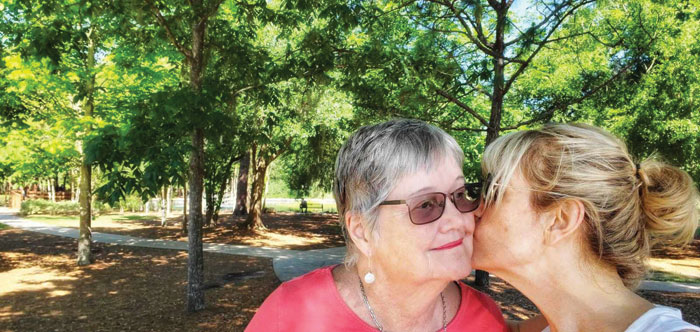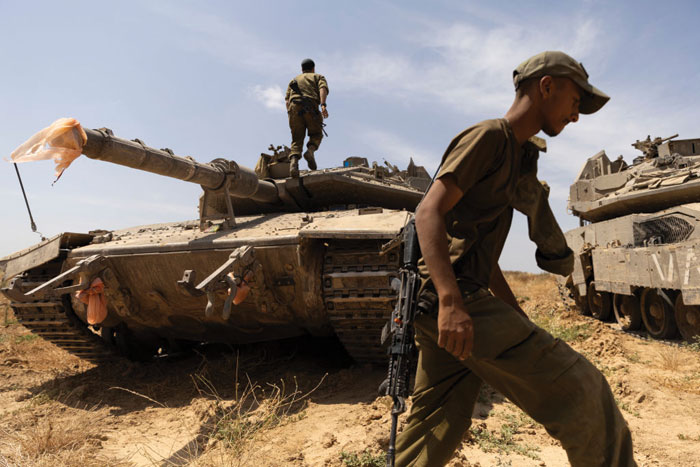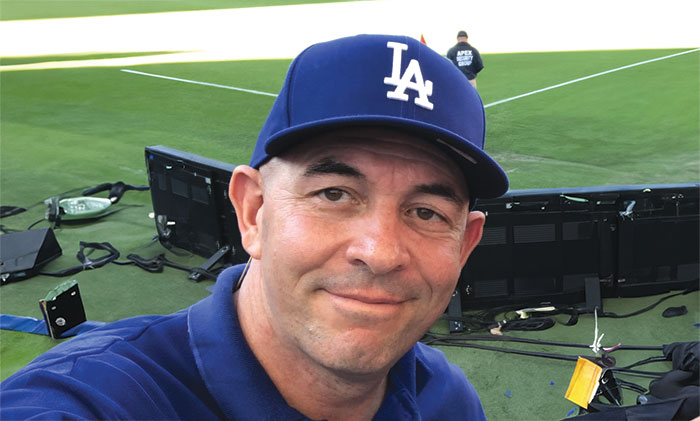The snapshot of famed circus clown Emmett Kelly offers a window into the Dodgers’ more colorful past.
The picture of the former Ringling Bros. and Barnum & Bailey icon was taken at Ebbets Field during his brief, and largely forgotten, stint as the team’s mascot in Brooklyn. Kelly — clad in a tattered suit, wearing a hat that had seen better days and holding a head of lettuce that would serve as lunch — looks longingly into a camera near the third-base dugout. In the background are the mostly filled, first-base seats stacked above each other in a decrepit but beloved ballpark that would be torn down just a few years later.
To Lew Lipset, who lived and died with the Dodgers while a kid growing up in Flatbush, the photo is a reminder of his childhood.
“I was born in Brooklyn,” the 70-year-old recalled. “My father took me to my first Dodger game in 1951 at Ebbets Field. “After a while, I started bringing a camera with me. Before you know it, I was taking pictures of anything I could.”
Several of those pictures were among the more than 7,500 that baseball fans from around the country submitted to Andy Strasberg, a Jewish kid from New York who grew up to become an executive with the San Diego Padres and whose new book, “Baseball Fantography” (Harry N. Abrams: $19.95), includes 300 of the images taken with everything from Kodak Instamatics to Canon Power Shots.
“There are a lot of fans who are passionate about the game who decided to take a camera to the ballpark and record their experience,” said Strasberg, whose idol as a kid was Roger Maris and who now runs his own marketing firm. “The fascinating thing to find is what was important to them. The results are amazing.”
Said Lipset, who now lives in Scottsdale, Ariz., and who gave up on the Dodgers when they let Steve Garvey head to San Diego as a free agent:
“It’s a wonderful idea. There are so many people who go to the ballpark with cameras. Why not capture their memories?”
So why did Strasberg include the picture of Kelly in his book?
“The Brooklyn bum is iconic in baseball lore, and I don’t think many people know that for a couple of years Kelly was hired to be the real-life bum for the Dodgers,” Strasberg said.
The Dodgers and Angels are well represented in the collection of fan photographs.
Among the pictures is a shot of Sandy Koufax posing in a Brooklyn Dodgers uniform during batting practice at Ebbets Field, and an image of a nearly empty Dodger Stadium when the Los Angeles Angels of Anaheim were hosting the Detroit Tigers on July 19, 1962.
Not all the photos were taken at a ballpark. Jack and Susie Nopal submitted one that captures a view of Duke Snider’s old bowling alley in the northern San Diego County town of Fallbrook; Debbie Chou provided an image of a Babe Ruth float at the 1949 Tournament of Roses Parade in Pasadena; and Hans Osterhoudt of Cooperstown, N.Y., took a picture of Major League Baseball’s greatest Jewish slugger, Hank Greenberg, as he strolled — in a well-tailored suit — toward the opening of baseball’s Hall of Fame in 1939.
What was important to Peter Wagner of Pittsburgh was getting a picture of right fielder Roberto Clemente glancing up at the camera while signing autographs at Forbes Field in 1957. For Strasberg, it’s one of him posing at the edge of the right-field seats at Yankee Stadium in 1966, the arm of a “gangly teen in thick-rimmed glasses” around the shoulder of the former American League MVP, home plate some 370 feet behind them.
For Jan Brooks of San Diego, it was Roseanne Barr “singing” the national anthem.
Her picture is one of the more interesting ones in the book.
The Budweiser and Toyota advertisements splashed across the centerfield scoreboard dominate the image. But a closer look at the photograph reveals Barr on the video screen singing — some would say butchering – “The Star-Spangled Banner” on July 25, 1990, at what was then called San Diego Stadium.
It was an infamous performance, a performance vilified across the country, a performance then-President George H.W. Bush called “disgraceful.”
“She started off pretty decent, but somewhere along the way, she kind of lost it,” Brooks said. “I thought it would be a good idea to take a picture of her. That was the best picture I could get.”
Brooks said she was in a club box with some co-workers from Naval Ocean Systems Center. “I thought it was pretty funny,” she said. “The other fellows in the box were not too happy.”
Strasberg said he established but two rules while collecting the pictures: No photos of players in action, and no shots from professional photographers.
The biggest challenge in putting the book together, Strasberg said, was organizing the pictures. Stumped on how to arrange the shots, Strasberg turned to a friend.
“He said, ‘Step back, look at all the photographs, and the themes will become apparent.’ ”
The result? Chapters on everything from mascots (such as the San Diego Chicken) to moonlighting (including players working at other occupations in the off season).
Some of the more memorable snapshots focus on children. In one especially poignant picture, a young Andy Weiner is holding Mickey Mantle’s jersey in the Yankees’ locker room at the House That Ruth Built. “It was an incredible Yankees moment that I’ll never forget,” he wrote in the book.
Fans’ incredible moments are what the book is all about.
Howard Frank of San Diego submitted a picture taken of him when he was a kid shaking hands with his boyhood idol, Ernie (Let’s Play Two!) Banks, at a 1957 B’nai B’rith event in Chicago.
“That was my hero, and that was the first picture I was able to take with not only a major leaguer, but someone I idolized. It showed him to be a person, not someone who acted like he was on a pedestal.”
Strasberg’s book, Frank said, “illustrates the beauty of baseball and how it has a special meaning to everyone, I think more so than any other sport.”
Kerry Tucker submitted a picture of his then 5-year-old daughter, Blake, at a Padres spring training camp in 1985. The girl with blond braids is clutching a pen in her right hand, a Padres program in her left. She’s looking up pleadingly at San Diego relief ace Rich “Goose” Gossage, but all that can be seen of the future Hall of Fame pitcher in this picture are the pinstripes on his pants.
The caption? “Goose legs.”
“It’s just an awesome picture,” said Tucker, who has the same shot from that 1985 spring training moment hanging from his office wall at Nuffer, Smith, Tucker Public Relations in San Diego. “Just look at her looking at that player. She probably doesn’t even know who he is, but she’s in awe.”
Added his daughter, now 31: “That photo embodies my childhood. Going to spring training was something we did every year. I might be one of the few people around who would say that [former Padres spring training headquarters] Yuma is probably one of my favorite places on Earth.”
David Ogul, a lifelong Dodgers fan, is a freelance writer based in San Diego.






















 More news and opinions than at a Shabbat dinner, right in your inbox.
More news and opinions than at a Shabbat dinner, right in your inbox.